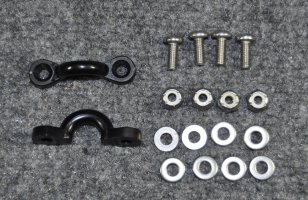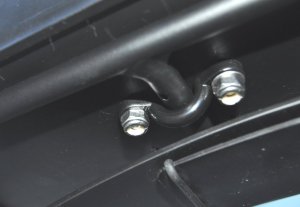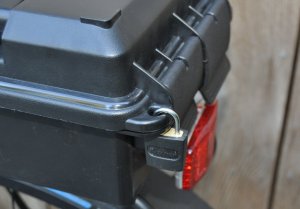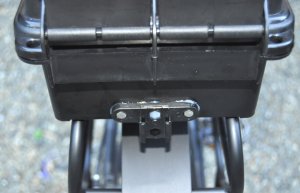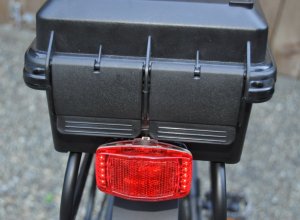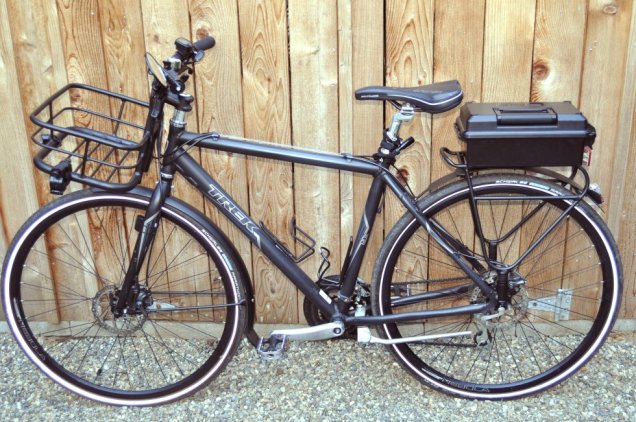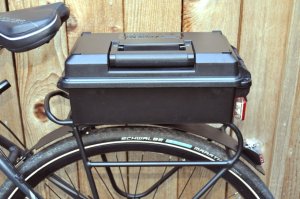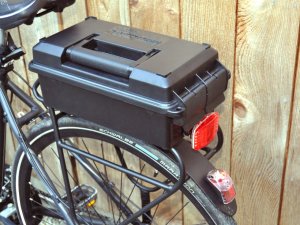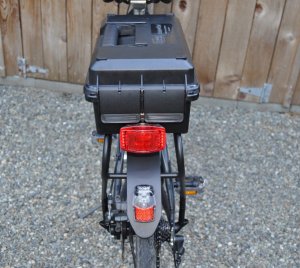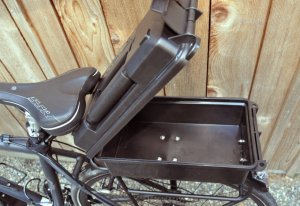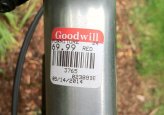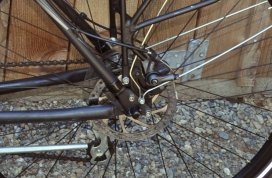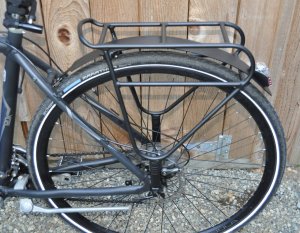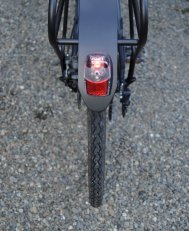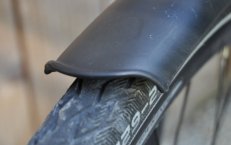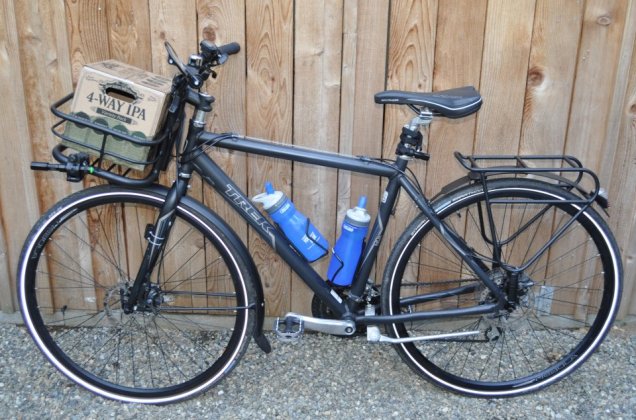Have you traveled a busy rail trail by bike? I enjoy the exercise, being outdoors and exploring these trails, but they aren’t always a quiet ride in the country. Sunny weekend days can make them very busy and there can be weekday commuter rush hours too.
A first glance the trails seem like a refuge from car traffic and the safe way to travel by your own power, but I’ve witnessed some crazy stunts by trail users that make me pay attention while I’m on the path.
Road bikers: there are lots of road bikes on the metropolitan paths I travel. The smooth pavement and long stretches with no crossings or other complications make a place where the skinny tire crowd can get into the high gears and roll. They are playing in the same place as walkers, runners, skaters, skate boarders and other bikers traveling at much lower speeds. That makes for riders hunched over the handlebars pushing for some personal speed/distance goal or just the thrill of going fast under their own power, zig-zagging through elderly walkers, kids on bikes, baby strollers and folk like me who are riding at 12mph vs the road bikes’ 20+mph clip. Some trails are posted with a 15mph, but that makes no difference.
Passing quagmires: bike paths are generally 12 feet wide and can be narrower. Passing is much like passing in a car, but riders like to cut it close and there seems to be less sense of the danger. When you have walkers and bikes two abreast, a family with a trailer and a wobbly kid on a bike and throw in a bridge or a blind curve, it can get way too interesting and 12 feet gets very small. Add passing bikes in both directions and you have a lovely combination. Try passing in a road crossing with pipes or timbers sticking up to block motor vehicles from the path. It’s like an obstacle in a video game. It’s all a lot like driving in Italy!
There is some reality disconnect when people get on bikes: the laws of physics, traffic laws, common sense and simple courtesy are all suspended. That lovely human trait of self-centeredness comes out with the sunshine I’m afraid. I think that some like to do on bikes what they would do in cars if they could get away with it. Add a big dose of living life in a rush.
As the comedian Ron White has said, “you can’t fix stupid.” I’ve seen too much of that on bikes. There was the fellow I saw riding a bike the wrong way down a one way street with no helmet and smoking. If he wouldn’t smoke, he would make a much better organ donor. And those riders I see with their helmets hanging from their handlebars. What leap of faith and logic is THAT?
Or four people who decide to stop in the middle of the trail for a chat. Not off to the side mind you, but smack dab in the middle, with a front wheel askew and taking up another foot or two. I guess it is THEIR trail and they are just letting the rest of us use it.
Dogs: I like to walk my dog and they need close supervision on a path with bikes. And short leashes. I’ve had a couple dog walkers with retractable leashes strung right across the trail like a clothesline! Another case of it being THEIR trail. Assume nothing when passing a dog and don’t expect good behavior: I’ve seen a couple “lungers” out there.
Every once in a while you will get tight quartered obstacles like the trail going through blind and narrow S-curves under a bridge with fencing, railings or rock walls too. The trail designers thoughtfully add a line down the middle of the trail, but painted lines aren’t very tall and are far more theory than barriers.
Paint! White lines in the rain are infamous for falls, as well as metal grates, manhole covers, and trolley tracks. A couple weeks ago we were riding a detour section of the Burke-Gilman Trail where it passes through the University of Washington campus. The detour has some large bike path symbols painted on the asphalt: 3’x5′ green rectangle with a white outline of a bike. With a little rain and some road grime buildup, a summer rain shower made them deadly slick. I warned my companion and not 30 seconds later, rider behind me initiated a turn right on top of one of those symbols and the bike popped out from under her. She was going slow enough and had the reflexes to actually land on her feet. Amazing! I would have been hamburger for sure.
Last weekend I watched one of a herd of road bikers riding on the “wrong” side straight into a blind S-curve with no escape possible. I have no idea what people are thinking when they do such things. I don’t think they understand how much it will HURT when they have a head-on collision on a bike.
Sunday, I came upon an older road biker laying on his back on the pavement, tangled in his bike and not getting up. There was a fellow with in-line skates bending over him and I assume they had some sort of collision. I got 20 feet past and pulled completely off to the side to see if they needed help and a road biker behind me passed so close that he knocked my pannier off the mount. He skidded past, staying upright and kept right on going— while I brought up the highlights of his family history out loud. The biker on the ground started to move, with a huge bloody scrape on his elbow. With both conscious and moving, I left them to work it out. This was on a straight wide section of trail and I can’t figure out what they did. My guess is a sloppy close quarter pass on the biker’s part.
Traffic lights and crosswalks: people seem to have no sense of left or right if they aren’t in a car. Maybe they don’t in their cars as well! This is well illustrated at trail crosswalks where people charge off like race horses, going every which way with all the walkers and baby strollers leaping into the intersection at the same time. Bikers who were not waiting at the light come roaring up to make the light. Add an impatient right-turning vehicle to finish the salad.
Crossings are all dicey in general. The stop signs on trails are universally ignored and people fail to check for turning cars. There is some confusion by bikers and drivers alike as to who needs to stop when. Some bikers think that always have the right of way and act more like pedestrians. Assuming that a car will stop or even see you is a recipe for broken bones.
I think many riders fail to grasp the effect of a vehicle on a human body. There are no seat belts, no air bags and certainly no cocoon of steel. If a car hits you, it is going to hurt a lot and for a long time— if you survive. As my father says, the graveyards are full of people who had right of way.
Walkers: give them lots of room, for they know not what they do. If you haven’t ridden a bike on the trail, you don’t have the same perspective. Some are very young and not under good supervision. Others don’t seem to sense the danger of the passing traffic and will turn or change direction with no warning.
Likewise inexperienced bikers. They will stop when and where it suits them and no telling what direction they will go when they start peddling again. You can spot them by the bike and their clothes: no jerseys, black stretch shorts, streamlined helmets or wrap sunglasses. More likely some gray hair, extra pounds, upright handlebars, fat tires and a seat the size of a cattle ranch.
I do use a bell and my voice to warn others of my approach and passing. Road bikers are notorious for not warning when passing, or nearly whispering the traditional “on your left.” If the person being passed has the wind in their ears, they may not hear you. What is needed is a good “command voice” announcement—- with enough lead time to react.
Of course everyone needs to slow down, especially when it is congested. It’s no huge effort to back off for 20 seconds to let the people in front of you sort out a bit. Charging up to pass when there are multiple layers of people on the trail is just begging for a collision. Some common sense and courtesy would go a long way. Be aware of other people and your place in the stream of traffic.
So this is the playground! Wear your hemet, be careful, have fun—- and stay out of the ER.
